Will the GSEs Repeat 2007 - 2009’s Large Losses?
The Stoop (NYU Furman Center)
NOVEMBER 7, 2022
The housing market has just experienced one of the largest upcycles in history. First, house prices increased by 57 percent 1 over the nearly nine years from their post-financial crisis bottom (2011 Q2) through the last quarter before the pandemic (2020 Q1). This rapid ascent was driven by multiple factors.

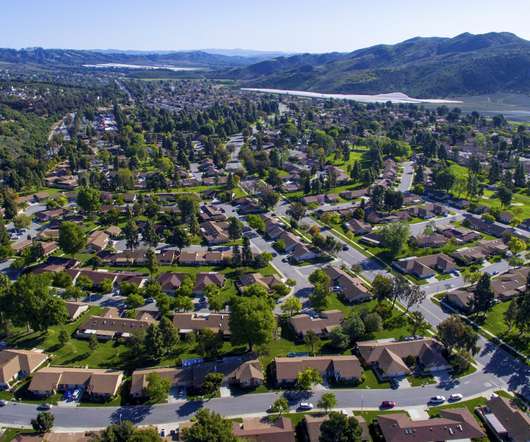
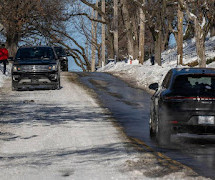
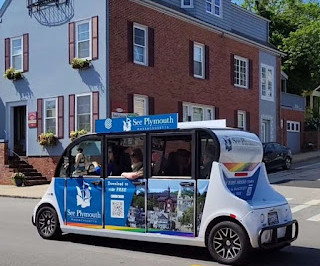
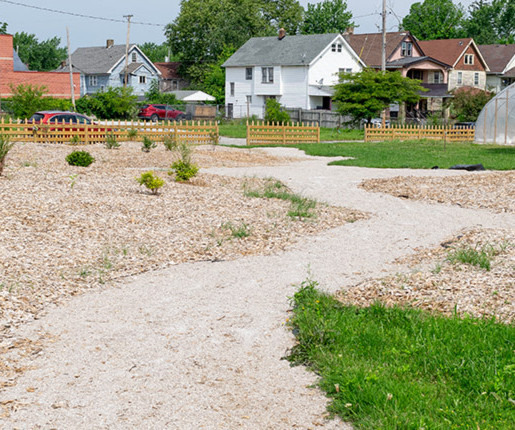
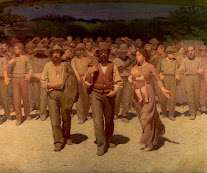

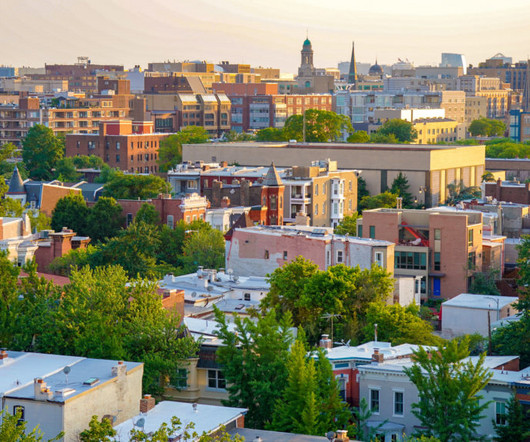
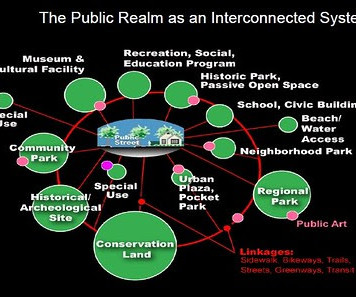
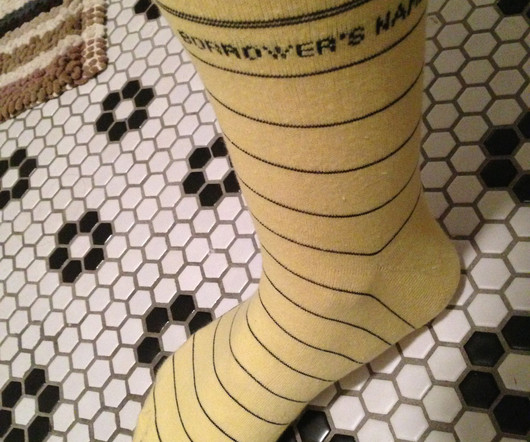








Let's personalize your content